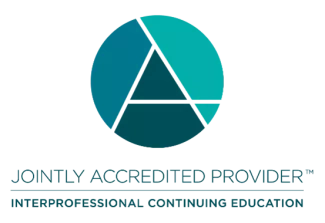IHI Patient Safety Learning Series
Did you miss the first webinar? Listen Now & Review Slides.
Not receiving IHI emails? Please ask your IT department to add the ihi.org domain to your organization's Safe Senders list.
Please review our Cancellation Policy
Are you prepared to meet the requirements of the 2025 CMS Patient Safety Structural Measure?
Missed the first session? The next one is on June 25th—register now to join the series!
IHI Patient Safety Learning Program Series delivers expert-led sessions to give health care professionals the knowledge to integrate these new measures into their daily operations. This learning series engages participants with practical tips, hands-on tools, and real-world examples to help health care leaders and teams implement effective strategies for enhancing the quality of care, prioritizing continuous improvement, and achieving measurable progress in patient and workforce safety.
Begin your transformative journey today and join a dedicated community of professionals committed to achieving excellence in patient safety.
Session Agenda & Schedule
- Session 1: April 30, 2025
Essentials of Alignment: Safer Together: A National Action Plan to Advance Patient Safety and the CMS Patient Safety Structural Measure
Session 2: June 25, 2025
Understanding the Impact of Culture, Leadership, and Governance on SafetySession 3: August 27, 2025
Patient and Family Caregiver Engagement in Patient Safety
Session 4: September 24, 2025
Workforce Safety and Well-Being: The Bigger PictureSession 5: October 29, 2025
Best Practices in Learning SystemsSession 6: November 19, 2025
Sustainability in Patient and Workforce Safety: How to Hardwire Your Efforts
Downloadable Agenda: IHI Learning Series Agenda
Continuing Education

In support of improving patient care, the Institute for Healthcare Improvement is jointly accredited by the Accreditation Council for Continuing Medical Education (ACCME), the Accreditation Council for Pharmacy Education (ACPE), and the American Nurses Credentialing Center (ANCC), to provide continuing education for the health care team.
This program is approved to provide 6 credits for physicians, nurses, and Certified Professional in Patient Safety (CPPS) recertification.
The Institute for Healthcare Improvement designates this US Physician Internet live course for a maximum of 1 AMA PRA Category 1 Credit™. Physicians should claim only the credit commensurate with the extent of their participation in the activity. This activity may also be applicable for other professions that accept AMA PRA Category 1 Credits™.
A growing list of countries accept ACCME-accredited education.















